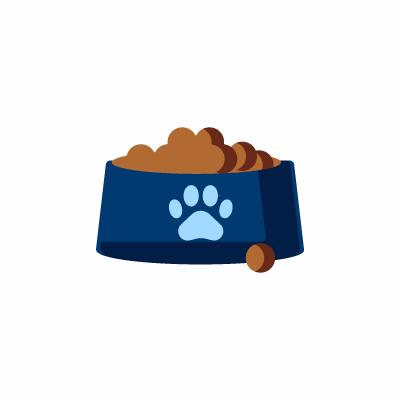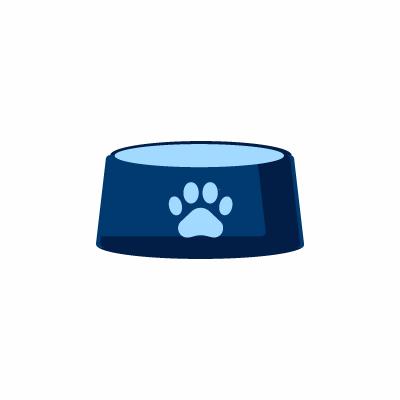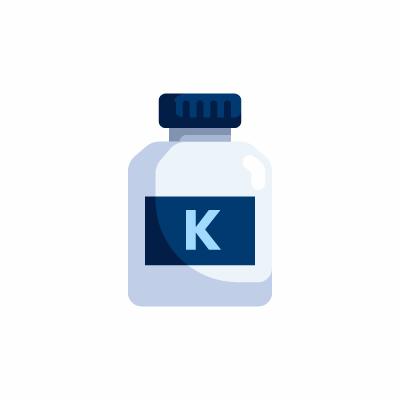How is kidney disease managed?
Importance of Cat Renal Diets
Renal diets are an essential part of CKD management. Tailoring diets to control phosphorus levels, optimise protein quality, and address nutritional requirements is crucial. Every patient is different, so your veterinarian will recommend the most appropriate dietary plan for your cat.

Preventing Dehydration
Adequate hydration is essential. Strategies like wet diets and water fountains mitigate dehydration risks associated with impaired renal concentrating ability.

Potassium Supplementation
Potassium, an essential electrolyte, plays a crucial role in various physiological functions. As CKD progresses, the delicate balance between maintaining optimal potassium levels and avoiding excess accumulation becomes increasingly challenging, requiring regular monitoring. Maintaining optimal potassium levels is pivotal.

Uraemic Toxins in Cats
Uraemic toxins in cats are normally excreted through urine during their life. They are metabolic byproducts that accumulate due to impaired kidney function and can reach elevated levels in cats with CKD. This elevation contributes to various complications, including nausea, anaemia and, overall, deterioration of health and quality-of-life (QoL). Managing CKD involves addressing not only the decline in kidney function but also mitigating the impact of uraemic toxins to enhance the overall well-being of affected feline patients.

Controlling Blood Pressure
Hypertension management is multifaceted, involving pharmacological interventions tailored to individual patient needs. Vigilant and regular blood pressure control by your vet contributes to overall kidney health.
The incorporation of antihypertensives into the therapeutic arsenal for feline CKD, exemplifies a multifaceted approach. Beyond their primary role in blood pressure management, these medications exhibit renoprotective properties, contributing to an integrated strategy aimed at preserving renal function and improving the overall QoL for feline patients with CKD.

Phosphate Binders: Managing Hyperphosphatemia
Serum phosphorus levels, when elevated, can contribute to the progression of CKD and the manifestation of associated clinical signs.
Phosphate binders, crucial in managing hyperphosphatemia, operate by binding to dietary phosphorus within the gastrointestinal tract and impeding its absorption. These binders contribute to the overall regulation of mineral balance, addressing a key component of CKD management.
Symptomatic Management: Enhancing Quality-of-Life
CKD in cats is often accompanied by a spectrum of symptoms that can significantly impact their well-being, such as anaemia, constipation, nausea and vomiting, among others. Symptomatic management is a crucial aspect, focusing on targeted interventions to alleviate specific manifestations and enhance the overall QoL for feline patients.
Advanced Therapeutic Options: Kidney Transplants
In advanced cases, kidney transplants can improve quality-of-life and extend lifespan. Success rates vary, influenced by factors like donor compatibility and the overall health of the recipient. Communication with the vet and informed decision-making are key elements in assessing these advanced treatments.
In conclusion, the management of CKD in cats is a collaborative effort, as a pet owner, you play a pivotal role. Your proactive approach, from keenly recognising early signs to actively participating in tailored interventions, is the cornerstone of your cat's healthcare journey. Early detection is not just a recommendation: it's a powerful tool you wield to ensure the best possible care for your feline companion, ultimately shaping a longer and healthier life together.

